2 Creative Food & Product Setups with Duo Boards: Review & Demo by Fstoppers
Patrick Hall of Fstoppers recently put our Duo Boards to the test in a detailed video review that showcases exactly how versatile these backdrop solutions can be. Instead of the typical "big softbox to the side" approach, Patrick demonstrates two completely different lighting scenarios that prove these boards can handle whatever creative vision you throw at them.
Watch as Patrick tackles two distinct photography challenges: a top-down food shot featuring freshly smoked barbecue ribs, and an atmospheric product shoot with a premium cigar humidor.
Setup 1: Overhead Food Photography with Dramatic Lighting
Patrick starts with ribs that have been smoking in his backyard for hours. Rather than shooting directly on a cutting board-patterned Duo Board, he creates layers by placing a real wooden cutting board on top of a slate-textured Duo Board. This immediately adds depth and gives the impression of shooting in a high-end kitchen rather than just on a basic surface.
The Styling Strategy
Patrick admits he's no food photographer, but his approach to staging and food styling works. He scatters Montreal steak seasoning, mustard seeds, curry powder, and crushed red pepper around the cutting board. These ingredients add color and texture while creating the story that this is where the rib marinade was actually crafted. A few barbecue sauce bottles provide additional color variation.
The hero prop is a meat cleaver positioned to catch light from the main source. Patrick spends some time adjusting the blade's angle, even using tissue paper underneath to find the perfect tilt where specular highlights make it gleam.
Three-Light Setup
Patrick uses a beauty dish positioned to the side specifically to create those crucial specular highlights on the meat cleaver. This becomes the most technically challenging part of the entire shoot because the reflection has to hit just right.
The key light is a Profoto strobe paired with a Westcott Optical Spot modifier, firing from the bottom of the frame. This creates sharp shadow patterns that mimic hard afternoon sunlight coming through a window. The optical spot gives Patrick precise control over exactly where the light hits and how dramatic the shadows appear.
A third light with a grid and warming gel provides selective illumination just on the spice piles. This draws attention to those styling elements without affecting the main food subject.
Patrick shoots the entire setup using his iPhone with the Profoto Camera app, which gives him wireless control over all the strobes. He points out that shooting overhead with a phone is actually more practical than trying to position a DSLR or mirrorless camera directly above the scene.
The Final Result:

Setup 2: Simple Natural Light Slightly Complex Atmospheric Product Photography
For the second shoot, Patrick originally wanted to do a natural light product shot. However, bad weather forces him to abandon that plan, and he comes up with a new concept for a photoshoot of a Klaro cigar humidor. What starts as a simple backup plan evolves into a complex six-light setup that creates a moody, military-inspired atmosphere. But he rolls with it!
Building the Environment
Patrick uses two Duo Boards to construct the entire set. A cutting board texture serves as the base, while a green clay textured board creates the backdrop. The theme becomes tropical military, enhanced by dying palm fronds that Patrick collects from his yard and positions around the scene.
Apple boxes placed behind the humidor add depth so the product doesn't appear isolated. Cigars scattered throughout the composition reinforce the product's purpose while adding visual interest. An LED panel lights the humidor's interior to showcase details that would otherwise disappear in shadow.
Complex Lighting Breakdown
The lighting setup requires six sources working together. Background lighting comes from the same Profoto beauty dish used in the food shoot, repositioned to create rim lighting from behind the product.
The Westcott Optical Spot returns to project a shaped light pattern onto the humidor's humidity sensor, highlighting this key product feature. A snooted modeling lamp illuminates the "Klaro Premium Humidors" branding for clear text visibility.
Camera-left rim lighting uses a three-foot octabox for soft edge definition. The main key light fires through palm fronds positioned on a light stand, creating dramatic shadow patterns across the entire scene. The LED panel inside the humidor ensures internal details remain visible.
Patrick shoots this setup with a DSLR and 70-200mm lens set at 137mm focal length to get compression and shallow depth of field that keeps the focus tight on the product while the background falls off nicely.
The Final Result:

What Makes These Setups Work
Both demonstrations prove that compelling photography comes from understanding light direction and shadow play rather than relying on bigger, more expensive modifiers. The Duo Boards contribute realistic textures that enhance scene credibility while offering practical benefits that traditional backdrops can't match.
The boards' laminated surfaces handle spills without staining, and their lightweight construction makes repositioning easy during shoots. Patrick shows how just two boards can create complete photographic environments that look far more expensive than they actually are.



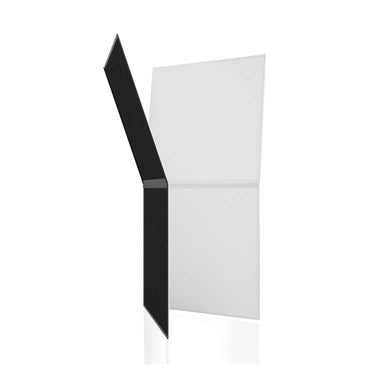
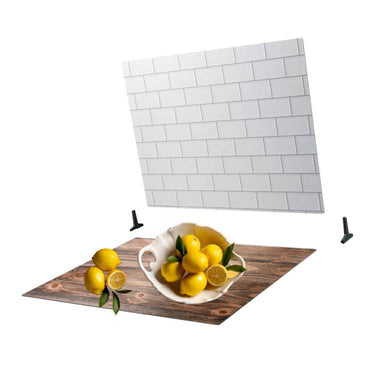
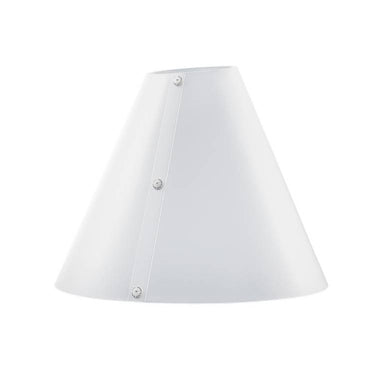
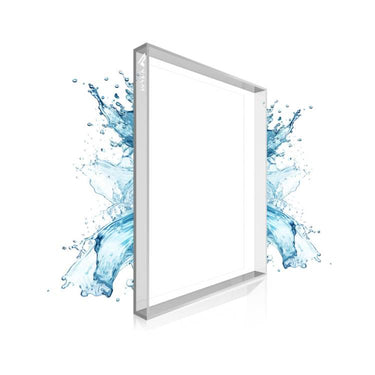
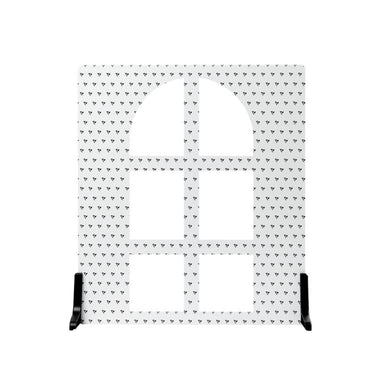
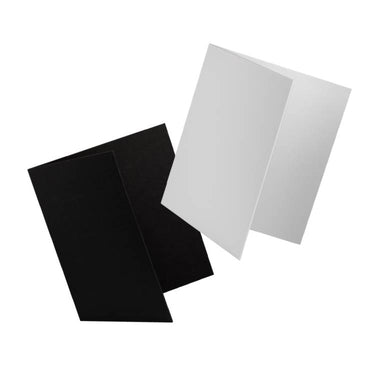
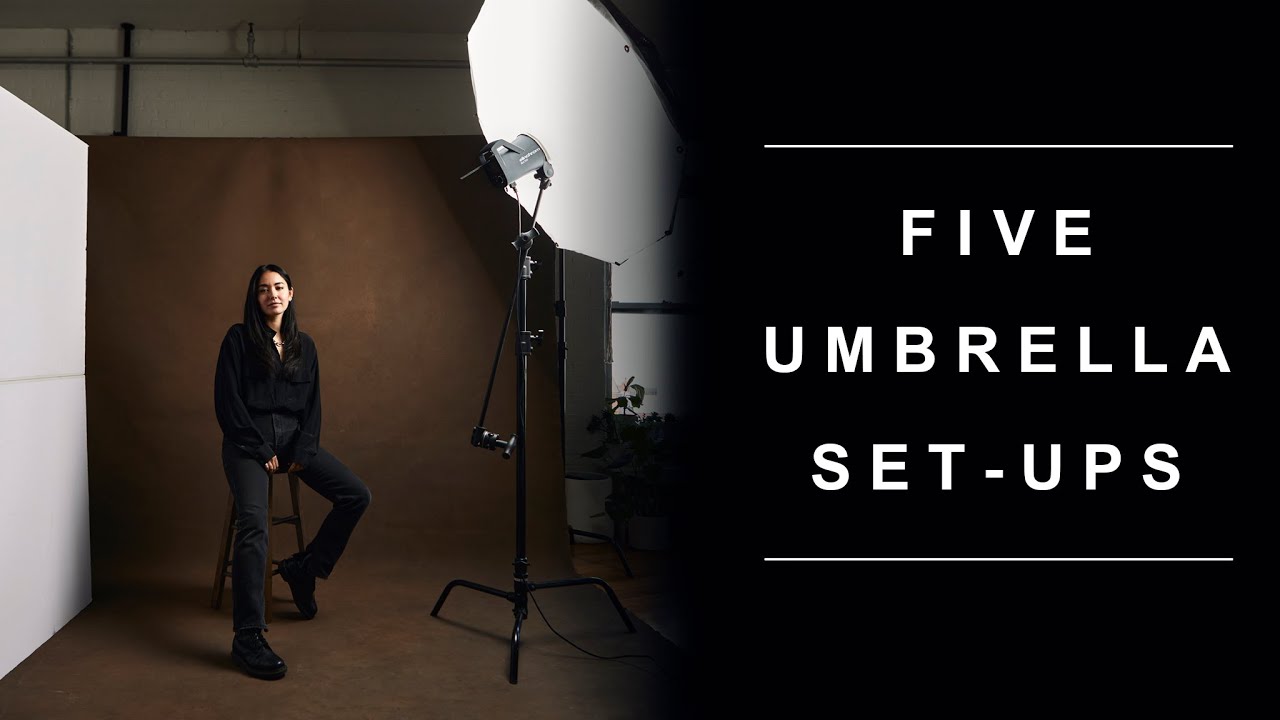

Leave a comment
This site is protected by hCaptcha and the hCaptcha Privacy Policy and Terms of Service apply.